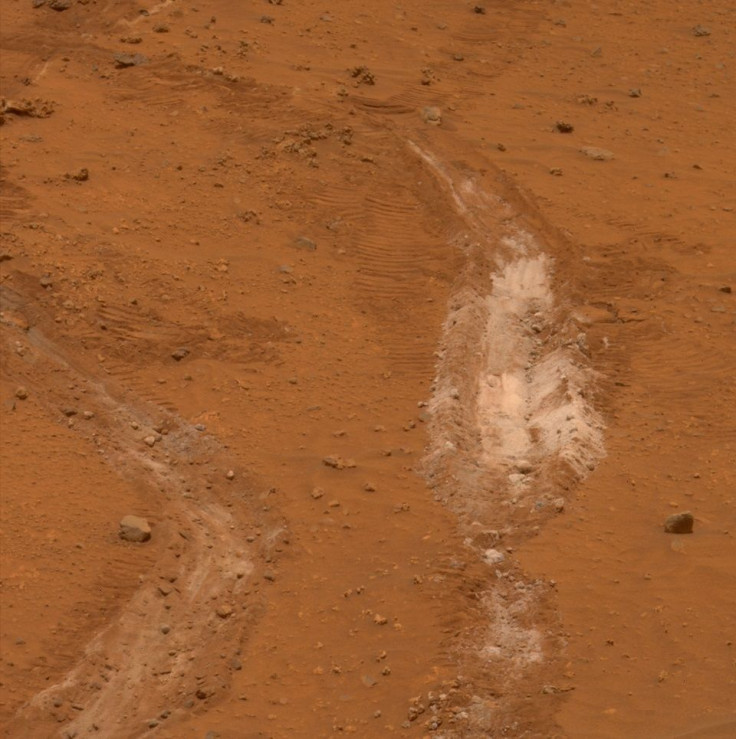New study suggests NASA could have overlooked possible evidence of alien life in Mars in 2007

In early November, scientists raised the possibility that NASA’s Curiosity Rover detected the first indicators of alien life on Mars when the vehicle recorded methane burps. However, it is likely that an older NASA vehicle found evidence of alien life in 2007 but it was overlooked.
The Telegraph reports that NASA’s Spirit Rover photographed in 2007 finger-like rock formations at the Red Planet’s Home Plate plateau. The plateau is a 300-square foot area in Mars’ Gusev crater near the planet’s equator.
To determine how these rocks were formed, University of Arizona researchers looked for similar features on Earth. They found identical structures at El Tatio in Chile, created by hot springs and micro-organism fossils.
Steve Ruff, one of the university researchers, points out that microbes having a role in producing the distinctive silica structures at El Tatio brings the possibility that silica structures in Mars were formed in a comparable way with assistance from organisms that were alive at that time, Sciencealert reports. He adds the environment in the Chilean town is similar to Mars which is extremely cold at night but a lot of ultraviolet light from the Sun and thin, dry air during daytime.
He notes El Tatio’s conditions are better environment analog for Mars than that of the Yellowstone National Park in the US and other known geothermal sites on Earth. The Chilean town is 14,000 feet above sea level.
Ruff says the formation on Mars, stromatolies – which are formed when microbes form colonies in moist environments and trap sediment on its sticky surface coatings – are similar to structures on Earth. The sediment reacts to calcium carbonate in the water and forms a buildup of nobbly limestone layers.
Scientists believe the Red Planet offers the best chance to discover evidence of alien life since it used to have running water and an atmosphere.





















